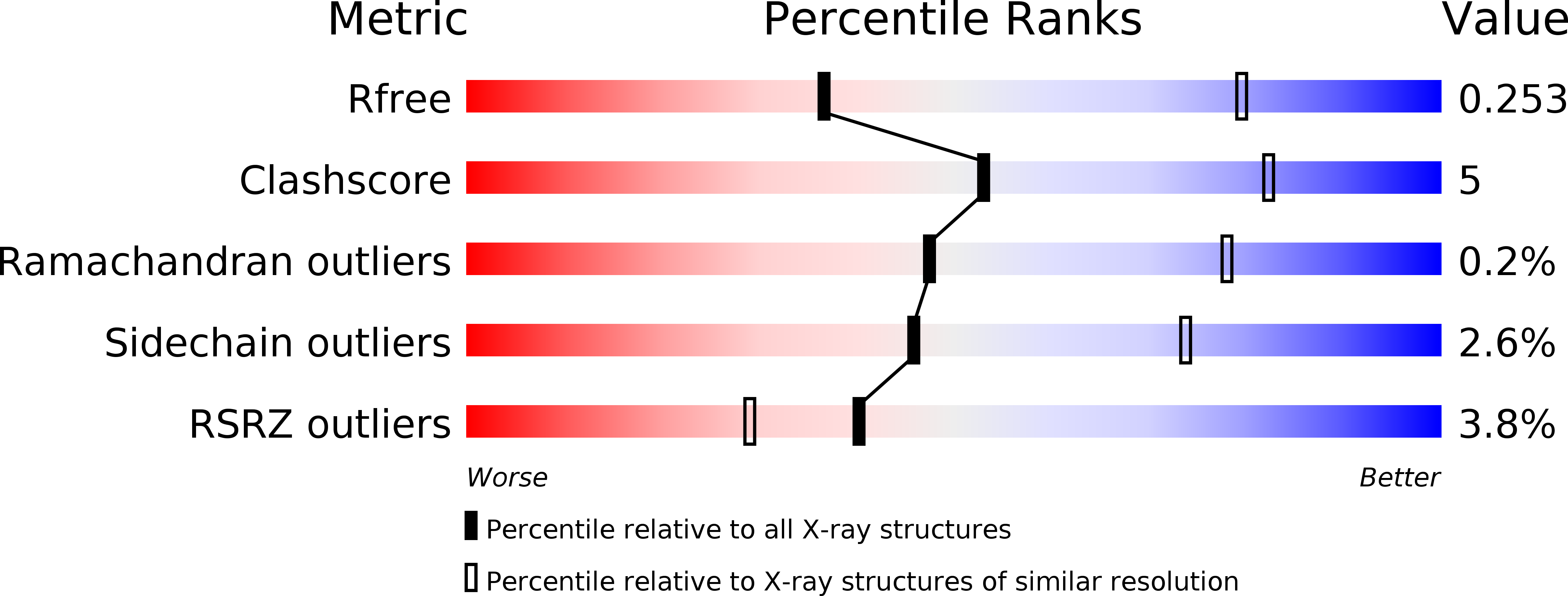
Deposition Date
2009-12-15
Release Date
2010-02-02
Last Version Date
2024-11-06
Entry Detail
PDB ID:
3L2J
Keywords:
Title:
Dimeric structure of the ligand-free extracellular domain of the human parathyroid hormone receptor (PTH1R)
Biological Source:
Source Organism:
Escherichia coli (Taxon ID: 83333)
Homo sapiens (Taxon ID: 9606)
Homo sapiens (Taxon ID: 9606)
Host Organism:
Method Details:
Experimental Method:
Resolution:
3.24 Å
R-Value Free:
0.25
R-Value Work:
0.22
R-Value Observed:
0.22
Space Group:
C 2 2 21


